Technology has evolved by leaps and bounds, but human eyes are still far superior to cameras. While we can see great details in highlights, mid-tones, and shadows on a bright day without any issues, a camera still struggles. Photographers usually need to expose for the highlights, causing images to have more shadows. Sean Tucker believes that we can accept this limitation and use it creatively:
Should you worry that portions of your images are dark and that you’re losing shadow details? Not necessarily. Tucker suggests that you embrace shadows and use them as a part of your image. Using some stills from cinematographer Roger Deakins’s movies, Tucker demonstrates how you can use shadows to create mystery, and even to emphasize the story.
But this technique isn’t just reserved for the movies. Many successful photographers have used shadows as a part of their compositions creatively. It’s important that you set up your mentality to not be afraid of losing shadow details. Instead, emphasize how you can make friends with shadows and let them be a part of your composition. Here are a few examples to illustrate this notion:
Even if the shadows are really dark, you can use them to garner more interest in your subject.
You can use deep shadows to give a sense of drama.
“Shadows are actually what make an image. Shadows sculpt light. They give it its boundaries in its shape whether it’s a smooth gradient from light into shadow or a hard line that separates light from shade. Shadow is what holds light in its place and helps us to see it.”
Learn to use your shadows as a mystery box. Make the viewers lean into your images. Using the shadows as a curtain, you can leave viewers wanting to see more than the camera’s tonal range was able to capture. Shadows can thus play a role in making your images more visually engaging.
So don’t be afraid of crushing those shadows. Don’t think of shadows in terms of your camera’s inabilities. Instead, learn to embrace them and use them to tell better stories.
Like This Article?
Don't Miss The Next One!
Join over 100,000 photographers of all experience levels who receive our free photography tips and articles to stay current:
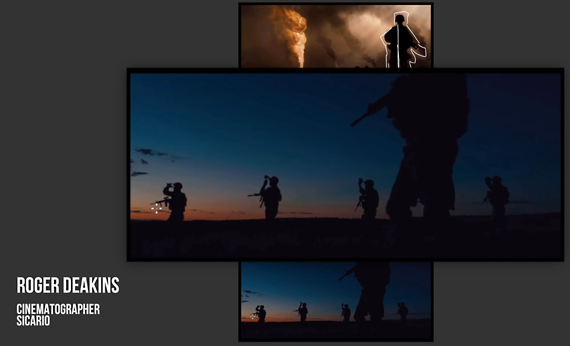
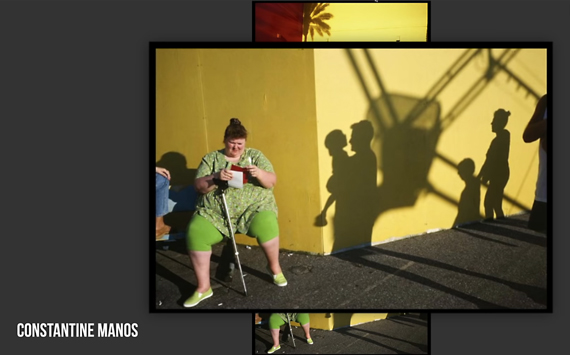
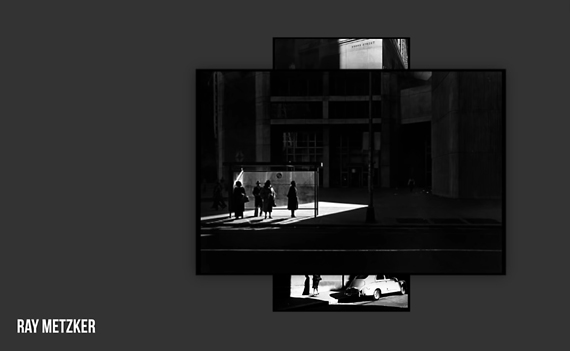
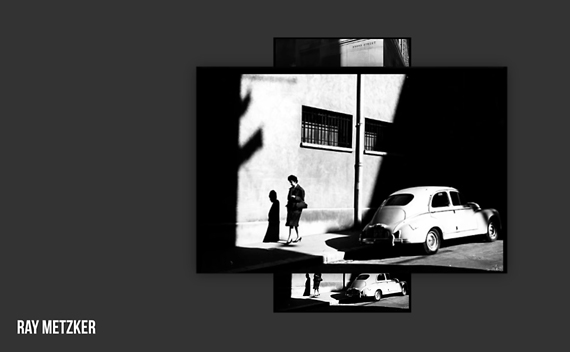
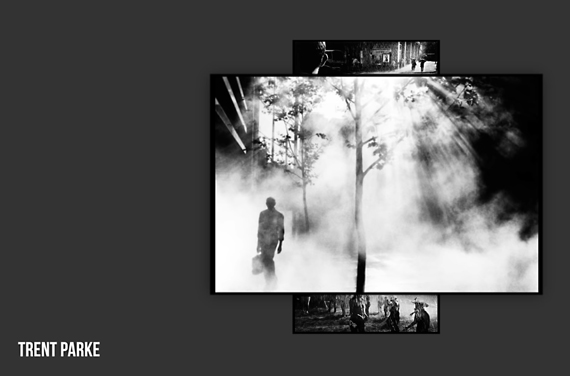






Thanks for sharing! I always love y’all’s tips and tricks. Gets me all inspired and wanting to try new things!! Thanks!!
I’d also like to learn . Messing with my camera I accidentally got a shot just like this that turned out great. But I have no idea how I did it and for the life of me can’t recreate it! Great post! very helpful tips!
I can find no unsubscribe button? Please remove me from mail list.